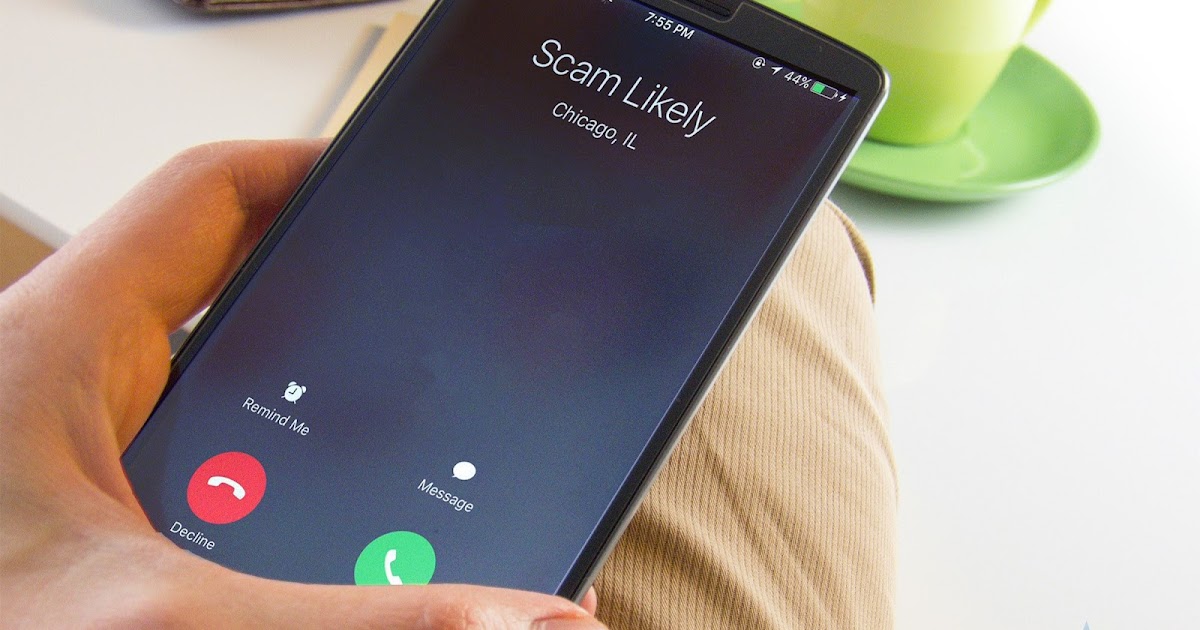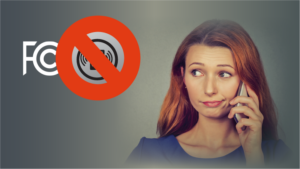CONTACT CENTER PERFORMANCE | 5 Minute Read
Overcoming Call Blocking and Labeling Challenges in Debt Collection

Reaching right party contacts is hard enough. But when carriers block your calls from getting through to the consumer, or slap the dreaded “Spam Likely” onto your Caller ID, it makes a difficult job nearly impossible.
Why Carriers Block or Label Calls
Call Originally, carriers began blocking or labeling calls to combat the practice of “spoofing.” Spoofing is a type of fraud where technology is used to change what a consumers sees on their Caller ID to the number of a legitimate business (like a bank). The consumer, thinking that they’re speaking to a real representative of the company, unknowingly provides information the fraudster can use to steal money or property.
STIR/SHAKEN, a protocol mandated by the FCC and adopted by the major carriers in just the last 2-3 years, has successfully prevented a majority of these types of spoofing crimes by verifying the authenticity of the caller’s phone number before delivering the call. Much like SPF and DKIM protocols do to ping domain records to verify email addresses, STIR/SHAKEN ensures the entities placing a call are the registered owner of that number.
Why Carriers Block / Label Calls From Non-Spoofed Numbers
Unfortunately, spurred on my complaints and pressure from government agencies, carriers have also deployed additional blocking and labeling protocols to protect consumers from a larger category of unwanted communications that are deemed as harassing, or a nuisance.
It’s through this larger net of “spam” protection that increasingly causes legitimate business calls to become blocked or labeled. Inaccurate blocking and labeling not only harm businesses but also consumers, who may miss out on important communications, offers, and services that they have opted into or would benefit from.
What’s the Impact on Improper Blocking and Labeling to Businesses
The impact to businesses who have their calls improperly blocked or labeled is multi-faceted:
Operational Inefficiencies
Time and resources are wasted in attempting to reach customers through alternative means, which may be less effective and more costly. Calls that are blocked prevent businesses from contacting a consumer through the main communication method available.
Calls that are labeled “Spam Likely” discourage the recipient from answering or listening to a message left, and often lead to that phone number being blocked by the consumer.
No Visibility or Recourse When Blocked
The toughest part of being blocked or labeled by carriers is that many of the businesses impacted have no idea what’s happening to their calls. A business wouldn’t know their number is being blocked unless a consumer told them. A business wouldn’t know their number is being labeled, unless a customer answers the call and tells them.
Brand Damage
Being labeled as spam can tarnish a company’s reputation, making it harder to build trust with current and potential customers.
The Harm to Consumers
Vital communication breakdowns can lead to missed appointments, unresolved customer service issues, and other opportunities, benefits or time-sensitive notifications.
Featured Topics
ARM Industry Topics
Healthcare Industry Topics
Contact Center Solutions & Topics
Stealth Voicemail
Payment Topics & Solutions
Compliance & Data Security
How Spam Mitigation Tools Overcome Call Blocking & Labeling Challenges
Verify and Register Numbers
Establish their numbers as legitimate through official registration processes, reducing the chance of being blocked or labeled as spam.
Monitor and Manage
Keep track of how our clients numbers are labeled across different carriers and platforms, and take action to correct any inaccuracies.
Identify Best DID Strategy
Keep call delivery rates at optimum levels with a DID bucket rotation strategy that ensures more of your calls are successfully connected and free from unwanted labeling.
Make the switch to our Intelligent Contact Center and get the crucial “Spam Mitigation” tools to keep your numbers from being blocked or labeled!






